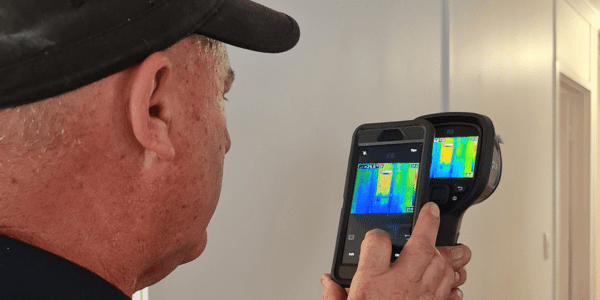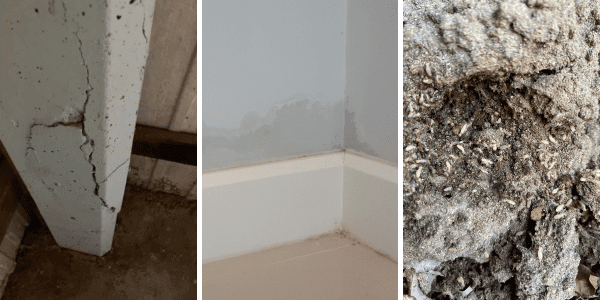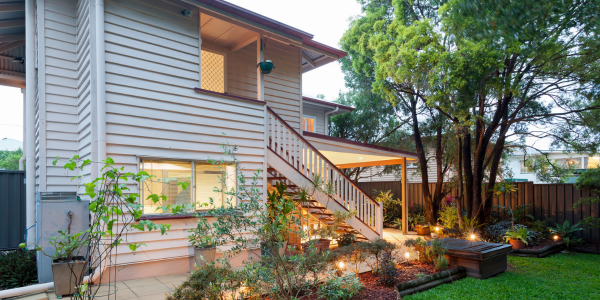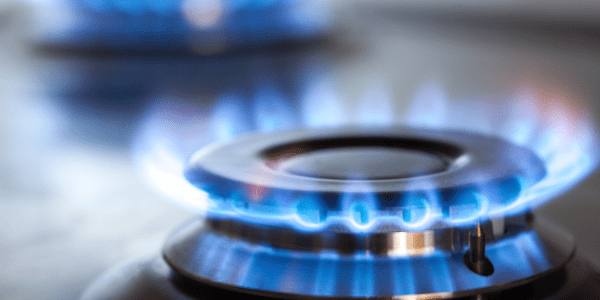What Does a Building and Pest Inspection Cover?
Don't get caught out!
When purchasing a property in South-East Queensland, it is crucial to have a building and pest inspection conducted. These inspections are a vital step in the buying process and can potentially save you thousands of dollars in repair costs down the line. In this blog post, we will explore what a building and pest inspection covers, why it is necessary, and what you can expect from the final report.
What is a building and pest inspection?
A building and pest inspection is a thorough examination conducted by qualified professionals to assess the condition of a property. This ensures that buyers are fully aware of the current condition of the property. It is essentially two inspections combined – a building inspection and a timber pest inspection.
The building inspection involves checking the property for major and minor defects, safety hazards, and other issues that affect the livability of the property. Meanwhile, the timber pest inspection involves checking all accessible areas of the property to see if there is any evidence of active termites or previous termite damage. The inspector will also advise whether the termite management system is current.
During the inspection, the inspector will also check the house with a thermal imaging camera and moisture meter, especially around wet areas. The thermal imaging camera detects abnormal hot/cold patterns which could indicate termite activity or possible moisture problems. The moisture meter helps to detect high levels of moisture which can lead to major problems and is conducive to termites.
When do you need a building and pest inspection?
Building and pest inspections are a proactive measure taken before buying or selling a property. It is aimed at uncovering any underlying issues that may not be immediately visible to the untrained eye including:
- Major building defects – eg. cracking walls, broken tiles in wet areas, major gutter rusting
- Minor building defects – eg. settlement cracks, general wear and tear
- Identifies safety hazards – eg. second storey windows without restrictors
- Looking for any evidence of termite activity and damage
Knowing this information helps you to have peace of mind and make an informed decision about the property. For home buyers, it can also help you avoid costly surprises post-purchase.
What does a building and pest inspection cover?
A building and pest inspection is highly comprehensive and looks for safety hazards, major building defects and any evidence of termite activity or damage. It includes checking all accessible areas of the property within 30 meters of the house. This includes:
- The interior – walls, ceiling, doors, windows, flooring, stairs
- The exterior – doors, windows, walls, garage, gutters, eaves, weep holes and ventilation
- The roof, roof void and subfloor – if its safe to do so
- The property within 30 meters of the house – paths, retaining walls, fencing, driveways
What’s not covered under a building and pest inspection?
In Queensland, building and pest inspectors operate under strict industry guidelines and regulations set out by Australian Standards and Queensland Building and Construction Commission. Under these standards, our inspectors are not allowed to check the following items as it is outside of their industry qualifications:
- Electrical wiring and household appliances
- Smoke alarms
- Plumbing or gas
- Hot water tanks or water tanks (our inspectors will visually check these items and let you know if there is anything they can see is wrong)
- Compliance to city council and building codes (as the building code is consistently changing this falls under the scope of a building certifier)
- Toxic or hazardous substances such as meth residue or asbestos
- Likelihood of natural disasters such as floods and bush fires
These areas should be checked by the relevant licensed tradesperson. For example, a qualified electrical to inspect household appliances. Whilst there are some items our inspectors cannot check, they always do their best to provide a thorough inspection.
What happens after the inspection?
Afterward, the inspector will compile their findings into a comprehensive building and pest report. This report is easy to read and includes coloured photos of the listed building defects. It also includes recommendations for repairs and further investigation if required.
If you are getting a pre-purchase building and pest inspection, the inspection report may influence negotiations. Depending on the severity of the issues uncovered, you may need to renegotiate the terms of the sale, request repairs, or factor the cost of necessary repairs into the transaction. All our reports are completed in accordance with Australian Standards and are recognised by lawyers, solicitors and real estate agents. This enables you to exit the contract of sale based on the findings of the report should you wish to do so.
Book your Building and Pest Inspection today!
Each of our inspectors have over 30 years of experience within the building industry and are highly skilled at finding building defects and evidence of termite activity/damage.
We have been servicing Brisbane, Redland Bay, Moreton Bay, Gold Coast, the Scenic Rim, Sunshine Coast, Ipswich and Logan since 2009.
If you have any questions or would like to book, contact us on 07 3807 0122 or via our website.






